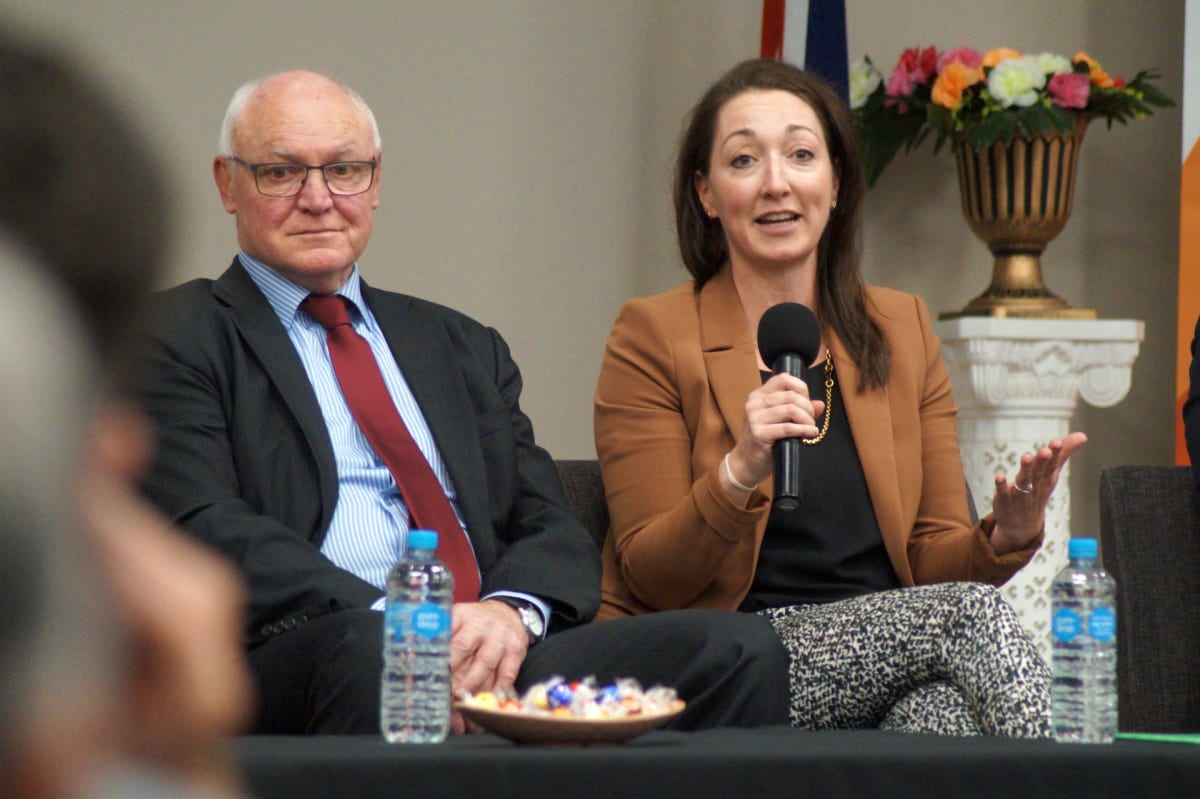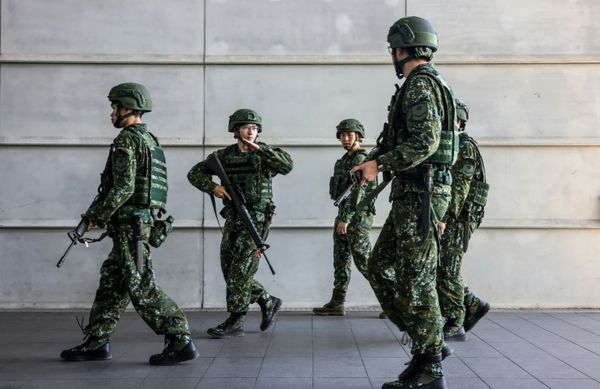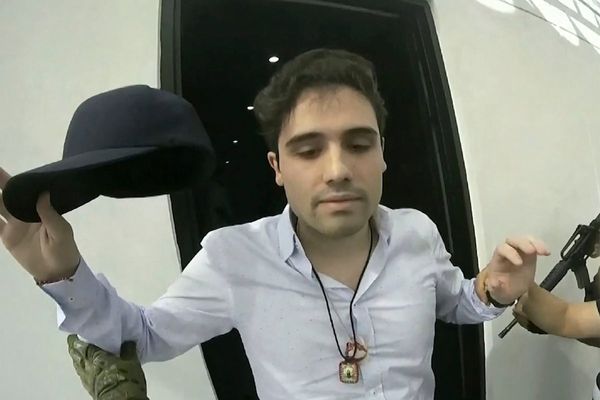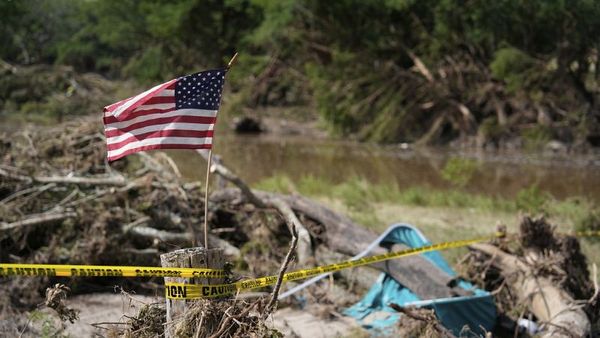
As Prime Minister Chris Hipkins speaks of restarting work on trade talks with India, the message from New Zealand's business community and former diplomats is clear – there is much more to do to improve our ties with the growing power
The Government is facing calls to work harder on New Zealand’s diplomatic relationship with India, with one former diplomat saying the country needs to join Australia in moving beyond “the three Cs” of Commonwealth, cricket and curry.
The bilateral trade relationship has been in the spotlight recently, with National making an India FTA one of its foreign policy priorities and Prime Minister Chris Hipkins having met India’s leader Narendra Modi in Papua New Guinea last month.
Trade ties were also one of the main topics of discussion at a symposium on India-New Zealand relations, hosted by the Indian High Commission in Wellington on Wednesday.
READ MORE: * The secret to success with India * The Detail: The India dilemma
India New Zealand Business Council chairman Earl Rattray said India needed to become one of New Zealand’s strongest and closest diplomatic relationships, given the path the country was on.
“There’s that often-quoted line that…there’s no power on earth that can stop an idea whose time has come, and the idea that India is going to become an economic superpower is quickly becoming a reality – it’s not just an idea anymore.”
Rattray said India was home to the world’s biggest pool of highly-educated, English-fluent young people, who were “going to change the world” given their international mobility.
“If New Zealand is not engaging with that, if we're not relevant to that generation of Indians who are growing up, then we will be the poorer for it.”
New Zealand officials and businesses could not simply copy the approach they had taken to diplomatic and trade relations with the likes of the United Kingdom or Australia, and had to tailor their style to fit India, Rattray said.
“I think that's been part of the issue is that we've tended to think what works here will work here; it's not going to, make no mistake.
“In the case of India, trade will follow the diplomacy, whereas... typically in New Zealand, diplomacy tends to follow better trade opportunities – we’ve tipped that upside down.”
Rattray said it was also short-sighted to focus exclusively on exporting goods, when NZ services providers, including technology companies could take advantage of the large Indian market: “There is no scale opportunity in the world more compelling than India.”

Former New Zealand diplomat and Senate SHJ associate partner Esther Guy-Meakin, who spent three years posted in New Delhi, said mutual respect and trust was crucial for the challenging conversations needed to unlock trade obstacles, and New Zealand needed a more compelling vision for the relationship.
“When I saw Prime Minister Modi's comments during his latest visit to Australia, that really resonated for me. He said that the relationship between Australia and India is no longer defined by the three Cs: Commonwealth, cricket and curry.
“I thought, my goodness, that really ought to be something that is very clearly set as a goal for New Zealand too. We have to move beyond that.”
The lack of attention paid to “amazing” services trade between New Zealand and India was an example of the need to better tell stories about the state of the relationship.
Asked whether the relatively short three-year postings of Kiwi diplomats in India was an impediment to closer ties, Guy-Meakin agreed, saying the low number of officials in post was also a problem.
“When you're going to meetings where other countries have brought four or five people that look after all of the things that you do [as one person], the reality is that you just do less with less.”
Michael Fox, Zespri’s head of global public affairs, said the kiwifruit company had been working in India for about a decade, but the country made up just $20 million of its $4 billion in annual sales.
“The constraint for us in India is not demand… we could sell a lot more kiwifruit. In India, the constraint is the [30 percent] tariff.
“We want to access India, the opportunity is immense…[but] actually we've got to offer something in return, we can’t come and say give us a tariff [cut].”
“With the tariff, we do think we will continue to grow the market, we might be looking at two or three times growth by 2030, and if we can remove the tariffs we’re looking at more like 10 times growth or better.” – Michael Fox, Zespri head of global public affairs
As New Zealand’s kiwifruit industry was counterseasonal to that of India, Zespri could work with Indian growers to help them improve domestic production and their supply chains, Fox said.
The company had also developed a track record of building demand in overseas markets, and could do the same in India if the tariff on imports was dropped.
“With the tariff, we do think we will continue to grow the market, we might be looking at two or three times growth by 2030, and if we can remove the tariffs we’re looking at more like 10 times growth or better.”
Opening the symposium, Indian High Commissioner Neeta Bhushan said the event was an attempt to better outline the ways in which India and New Zealand could work together more closely.
“I have been high commissioner for the last seven or eight months, and when I came, I was asked by colleagues and friends all the time about several things. One of them was, ‘Why [isn’t] our relationship getting any closer?’, and I was very new so I didn't know [how] to answer that question.”
There were already signs that was changing, Bhushan said, with Hipkins and Modi having met in Port Moresby and as many as 25 delegations having travelled between the two countries in the last several months.
India continued to be “a bright spot” in an otherwise uncertain global economic environment, and was on track to become the fourth-largest economy in a couple of years.







